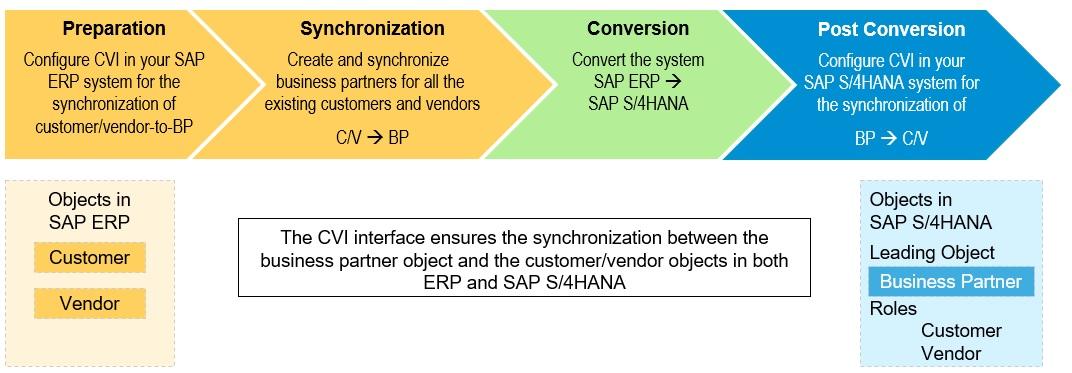defined
conversion system refers to the transition between the old and new systems developed system.
System Change basic conditions
basic conditionsSystem Change:
System Equipment: system embodiment before purchase, installation, debugging.
personnel system: The system pre-installed for conversion work and participate in various management positions.
Data System: The system requirements needed to convert data in accordance with various kinds of input into the system.
System Documentation: user manual, system procedures, system architecture and performance brochure.
System conversion mode
1, direct conversion:
In determining the new management information system worked flawlessly, terminate the existing system at a time, enable new management information system. This low-cost conversion method, the method is simple, but big risks. Suitable for small simple system to process less complex.
2, parallel conversion:
new management information system and the current system in parallel for some time, when a new operating system management information is correct, to replace the existing system. This conversion method will help reduce the psychological stress management, better security, but the high cost, the data of the two systems are generally not comparable. Suitable for processing complex data critical systems.
3, segmented converter: binding
is a direct conversion and parallel conversion, each subsystem phased new management information system to replace the existing system. This conversion psychological way, security is good, but expensive. Suitable for processing complex data important to large, complex systems. More commonly used in this way the system conversion.

Training
Target audience: operators, users at all levels of management.
Training time: start programming and commissioning phase.
Training content:
overall system architecture and system overview;
System analysis and design idea and every step of the consideration;
computer system operation and application;
system operation and input mode;
possible faults and troubleshooting;
classification and retrieval methods documentation of; < / p>
data collection, data specifications, channel statistics, statistics caliber;
A note about running.
basic data preparation
basic data preparation strictly scientific, specific methods procedures and standardization;
fixed measurement tools, measurement methods, data acquisition channels to ensure that the target the system has a stable source of data;
all kinds of statistical data collection and reporting standardization.
converting the existing data in the database (file) structure requirements.
system commissioning
system initialization, various raw input data;
and health data generated by the recording system;
collation results existing system and the target system output;
on the target system mode of operation are examined (convenience, efficiency, safety and reliability, misuse protection);
run test system response speed (calculation, transfer, query, output speed, etc.)
